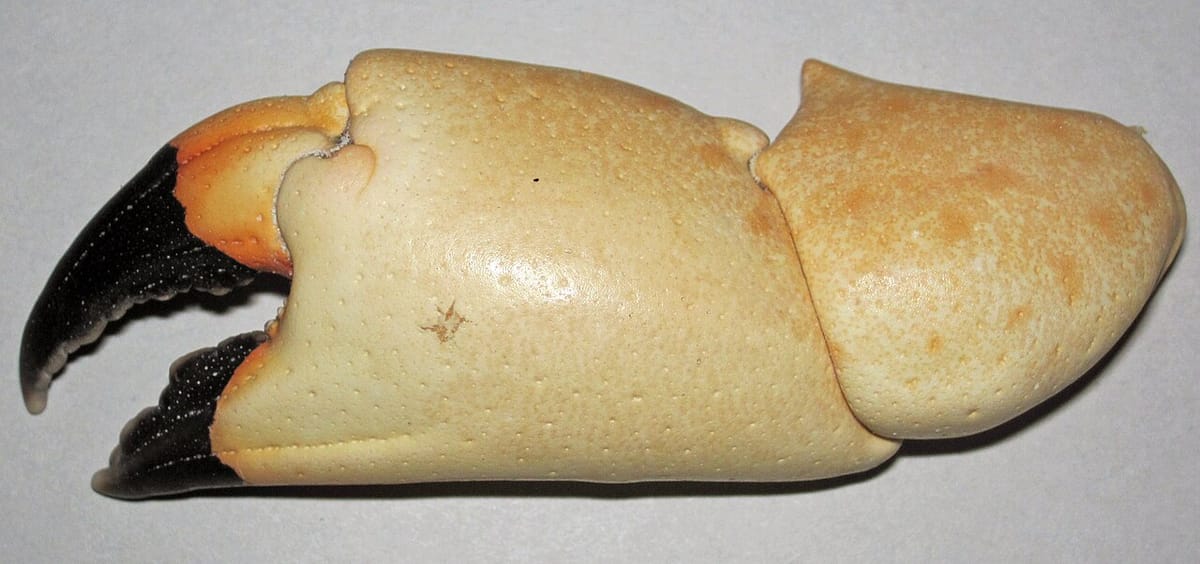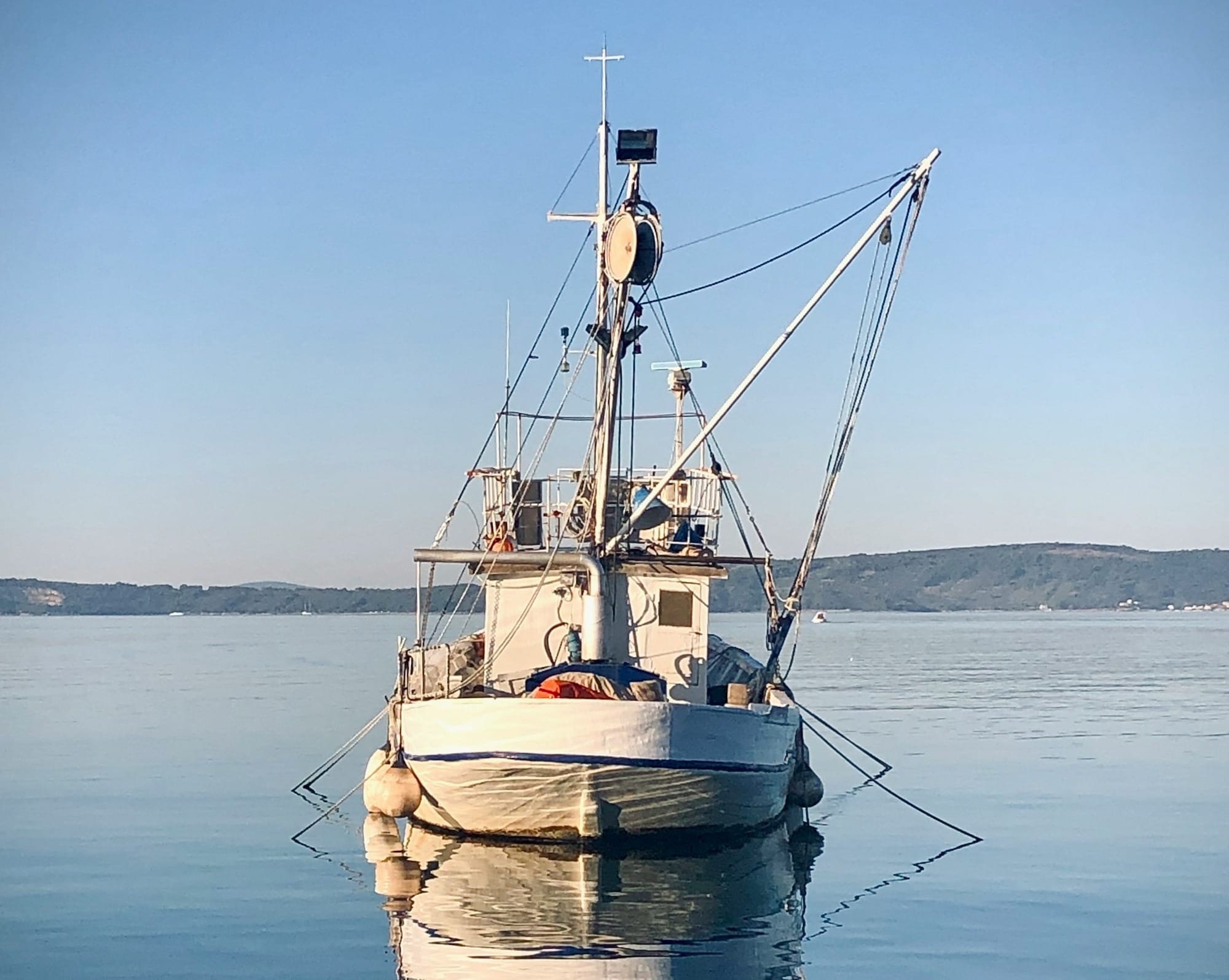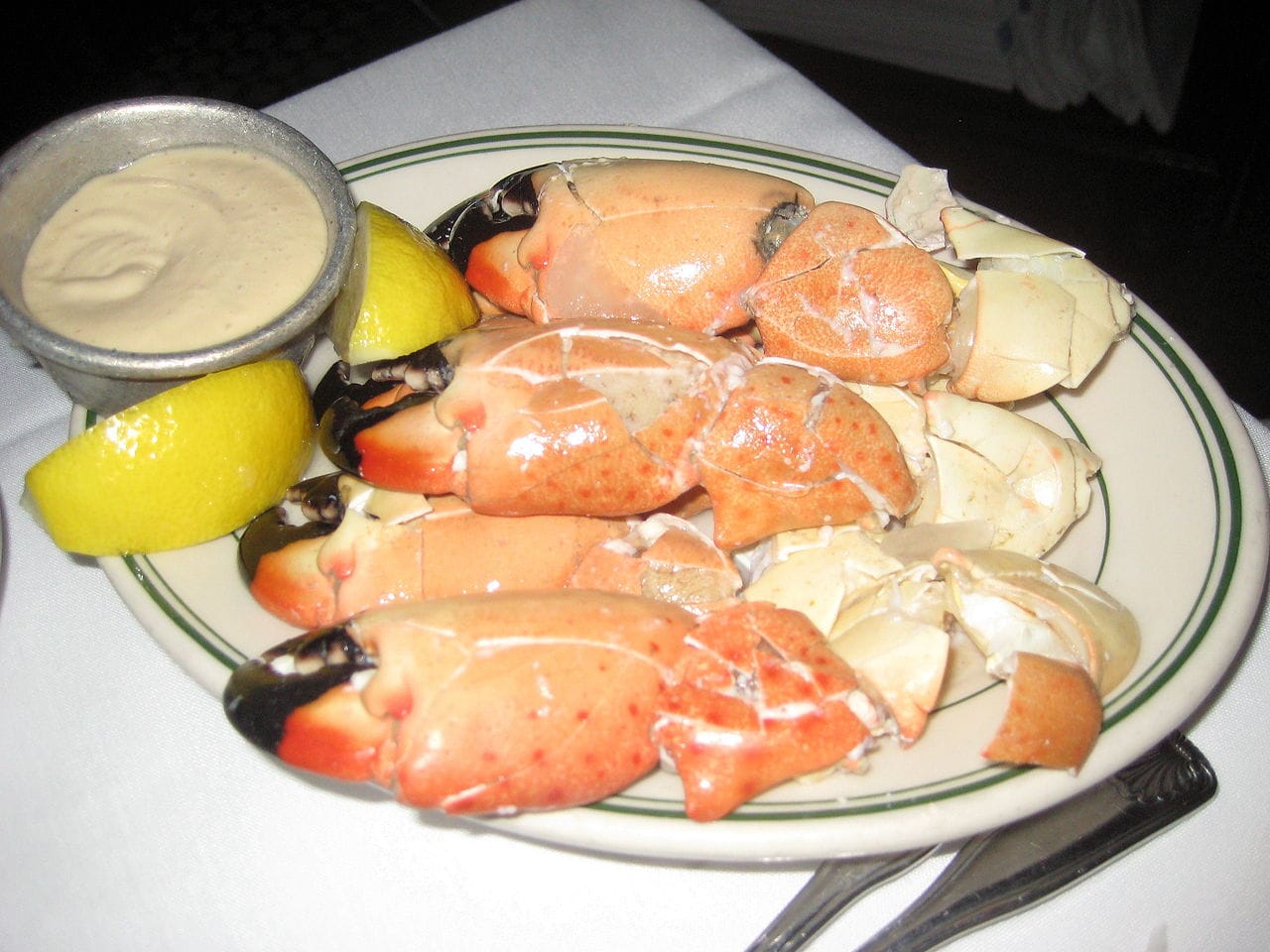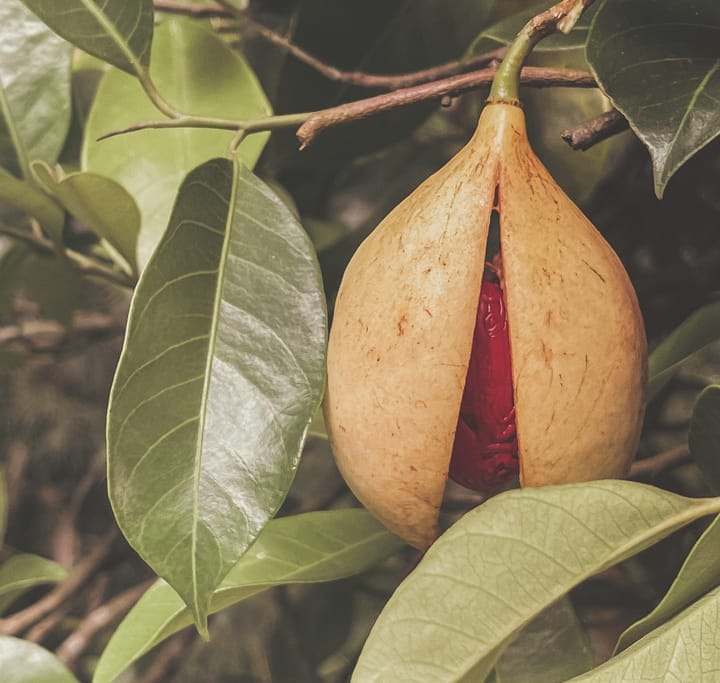Stone Crab Claws: Why Are They So Expensive?
Florida stone crab claws are a seasonal luxury delicacy harvested Oct-May. These sustainable treasures regenerate after harvest, offering sweet lobster-like meat that defines premium American seafood

In the pantheon of luxury seafood, few delicacies command the reverence—and price tag—of Florida stone crab claws.
These sweet, succulent morsels have captivated gourmands for over a century, transforming from a fisherman's snack to one of America's most coveted seasonal treasures.
With prices reaching $70 per pound for colossal claws at premium establishments, stone crabs represent not just a meal, but an investment in one of nature's most remarkable culinary gifts.
When Is Stone Crab Season?

Unlike other luxury seafoods available year-round, stone crab claws are legally harvested only from October 15 through May 15 in Florida waters.
This strict seasonality creates an annual frenzy among devotees who mark their calendars months in advance.
The limited harvest window isn't merely regulatory red tape—it's a carefully orchestrated conservation effort that ensures the species' survival while maintaining its status as one of the ocean's most sustainable luxury foods.
The anticipation builds as summer wanes. Miami's top restaurants begin teasing their stone crab preparations on social media.
Specialty seafood markets start accepting pre-orders.
When opening day arrives, it's not uncommon to see lines forming outside establishments like Joe's Stone Crab in Miami Beach, where the tradition of serving these delicacies dates back to 1921.
How Are Stone Crabs Caught? The Sustainable Harvesting Method
What sets stone crabs apart in the world of premium seafood is their extraordinary ability to regenerate lost limbs.
This biological marvel has created one of the most sustainable fisheries in the world.
Fishermen harvest only the claws, carefully removing them at the natural breaking point before returning the crab to the ocean.
Within 12 to 18 months, the crab regrows its claws, ready for future harvest.
This practice requires exceptional skill. Experienced crabbers know that only claws measuring at least 2¾ inches can be legally harvested.
They must work quickly and carefully—a crab can survive losing both claws, but its chances improve dramatically if one is left intact.
The best crews can process hundreds of crabs per day during peak season, making split-second decisions that balance profit with conservation.
The sustainability of stone crab harvesting has become a selling point for environmentally conscious luxury consumers.
Unlike bluefin tuna or beluga caviar, whose consumption raises ethical concerns, stone crab claws offer guilt-free indulgence.
This aspect has helped maintain their premium pricing even as consumers become more environmentally aware.
Stone Crab Claw Sizes and Grades
Not all stone crab claws are created equal. The industry recognizes five distinct size categories, each commanding different prices and offering unique dining experiences:
Colossal: The titans of the stone crab world, these claws weigh over 5 ounces each. A single colossal claw can cost $35 or more at high-end establishments. Their impressive size makes them perfect for special occasions and Instagram-worthy presentations.
Jumbo: Weighing 3.5 to 5 ounces, jumbo claws offer an ideal balance of visual impact and value. They're the choice of many connoisseurs who appreciate substantial meat yield without the premium of colossal sizing.
Large: At 2.5 to 3.5 ounces, large claws are the workhorses of upscale restaurants. They provide generous portions while maintaining the sweet, delicate flavor that makes stone crab famous.
Medium: These 1.5 to 2.5-ounce claws are perfect for appetizers or lighter preparations. Many chefs prefer medium claws for dishes where the crab shares the spotlight with other premium ingredients.
Cocktail: The smallest commercially available size, cocktail claws are often overlooked by casual diners but prized by those who appreciate their concentrated flavor and tender texture.
What Do Stone Crab Claws Taste Like? Flavor Profile Explained

Stone crab meat possesses a unique flavor profile that distinguishes it from other crab varieties.
The meat is firmer and denser than blue crab, with a sweet, almost lobster-like richness. The texture is flaky yet substantial, breaking apart in distinct segments that melt on the tongue.
The claw meat's natural salinity is perfectly balanced—never overwhelmingly briny like some shellfish.
This inherent seasoning means that stone crab claws require minimal preparation.
The traditional serving method—chilled with mustard sauce—isn't just tradition; it's a recognition that the meat's natural flavors need no embellishment.
Temperature plays a crucial role in the stone crab experience. The claws are cooked immediately after harvest, then chilled to preserve their delicate texture.
Serving them cold concentrates the sweetness and provides a refreshing contrast to the rich meat.
Some establishments offer them warm, but purists insist this masks the subtle flavors that justify the premium price.
Why Are Stone Crab Claws So Expensive? Cost Breakdown
Several factors contribute to stone crabs' luxury pricing. The labor-intensive harvesting process requires skilled crews working in challenging conditions.
Boats must navigate shallow waters where stone crabs live, checking hundreds of traps daily. Each trap must be baited, deployed, and retrieved by hand—automation has little place in this traditional fishery.
Regulation adds another layer of cost. Commercial licenses are limited and expensive.
Trap numbers are restricted, and each must be tagged and registered. Enforcement is strict, with heavy penalties for violations. These measures protect the resource but also limit supply, driving prices higher.
Market dynamics also play a role. Stone crab demand peaks during the winter tourist season in Florida, coinciding with holidays and special events. Smart buyers know that prices often dip in late April and early May as the season winds down and dealers clear inventory.
Stone Crab Sustainability: Future of This Luxury Seafood
As the luxury food market evolves, stone crab claws occupy an enviable position.
They offer the exclusivity and price point that defines luxury ingredients while meeting modern demands for sustainability and ethical sourcing.
This combination ensures their continued relevance in high-end dining.
Climate change poses challenges, potentially affecting crab populations and habitat.
However, the stone crab fishery's adaptive management and conservative approach position it well for future changes.
Research into aquaculture and habitat enhancement could eventually increase supply without compromising quality or sustainability.
The next time you encounter stone crab claws on a menu or at a premium seafood counter, you'll understand why they command such reverence—and prices.
Each claw represents not just a moment of culinary indulgence, but a connection to one of the ocean's most remarkable creatures and the dedicated individuals who harvest them sustainably for our enjoyment.


